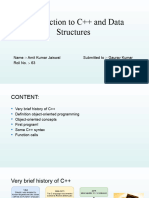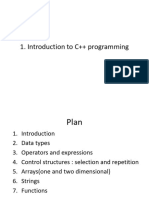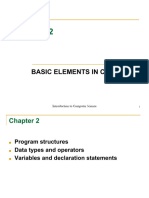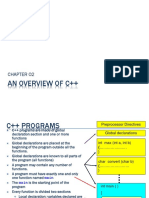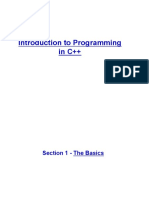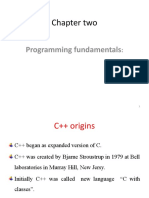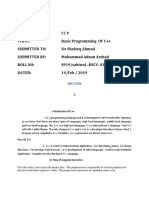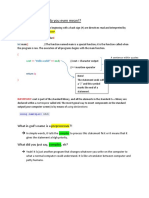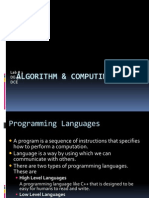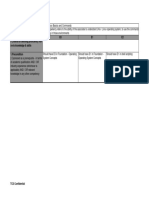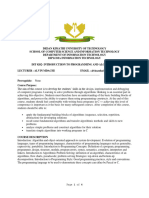0% found this document useful (0 votes)
30 views39 pagesData Structure Lecture 2
The document provides an overview of object-oriented programming concepts like encapsulation, inheritance, and polymorphism. It then discusses the history and characteristics of the C++ programming language, which was derived from C and combines object-oriented and traditional programming. The document also introduces common programming concepts in C++ like header files, namespaces, functions, variables, conditional statements, and loops.
Uploaded by
eng.abdishakuur2022Copyright
© © All Rights Reserved
We take content rights seriously. If you suspect this is your content, claim it here.
Available Formats
Download as PPTX, PDF, TXT or read online on Scribd
0% found this document useful (0 votes)
30 views39 pagesData Structure Lecture 2
The document provides an overview of object-oriented programming concepts like encapsulation, inheritance, and polymorphism. It then discusses the history and characteristics of the C++ programming language, which was derived from C and combines object-oriented and traditional programming. The document also introduces common programming concepts in C++ like header files, namespaces, functions, variables, conditional statements, and loops.
Uploaded by
eng.abdishakuur2022Copyright
© © All Rights Reserved
We take content rights seriously. If you suspect this is your content, claim it here.
Available Formats
Download as PPTX, PDF, TXT or read online on Scribd
/ 39
